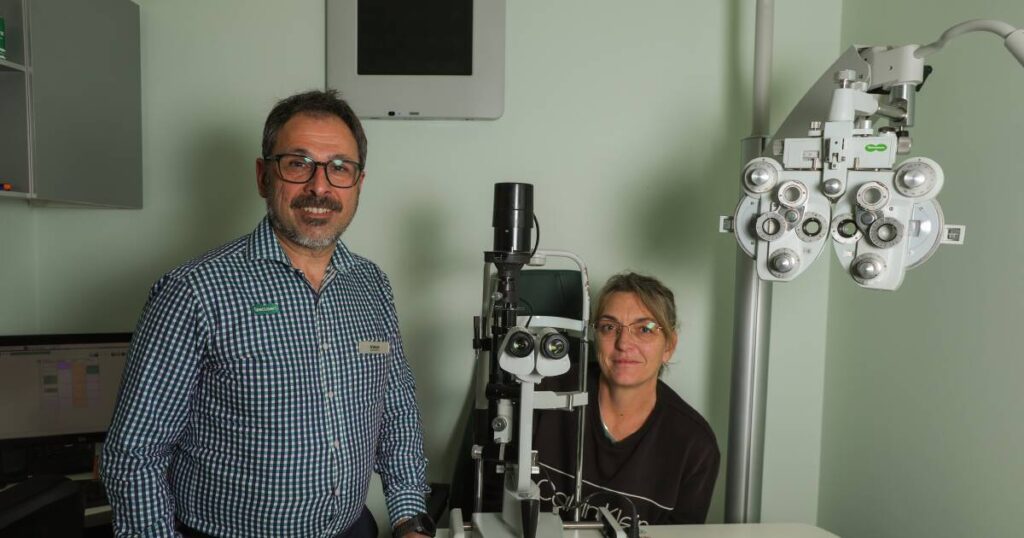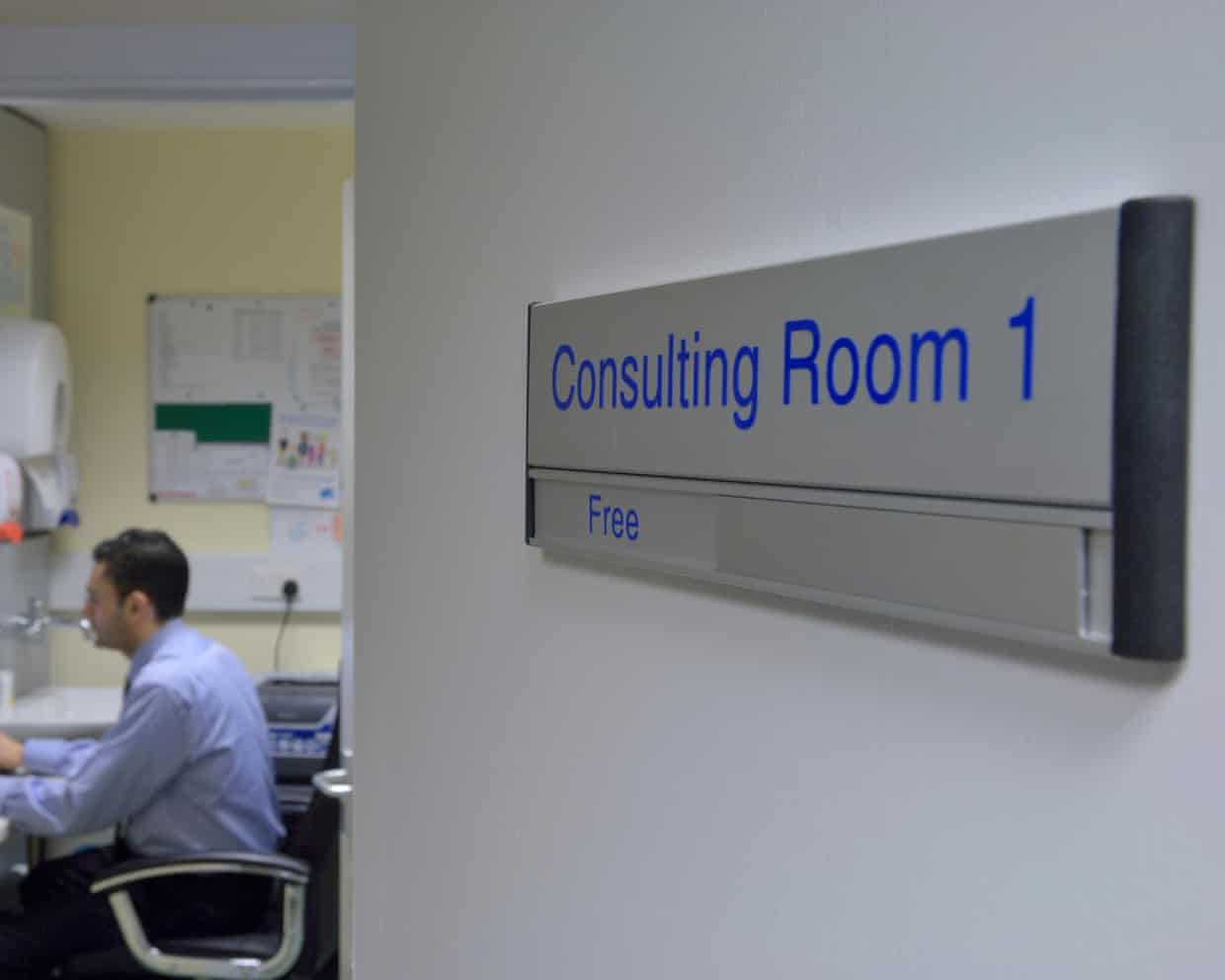
Border optometrists are calling on the community to prioritize eye health, particularly in light of a recent study revealing that a significant number of Australians are unaware of a common vision condition known as presbyopia. Research conducted by Specsavers found that 72 percent of Australians aged 35 to 50 lack knowledge about presbyopia, which impairs the ability to focus on nearby objects.
Kirsty Burt, who has lived with this condition for 15 years, shared her personal experience and the profound impact of wearing glasses for the first time. Despite her family history of good vision, Burt was not aware of her own need for corrective lenses until she faced health issues that prompted an eye examination. “I felt like a different person,” she recalled. “I live in the country and I drove home at night and I didn’t have to slow down around the bends if I had cars coming around the other way because I could see.”
Although presbyopia is not classified as an eye disease, Burt emphasizes that regular eye tests are essential for maintaining health and safety. She noted, “It’s most definitely a safety thing too. Some people don’t realize that they can’t even see until they come and get tested, and it’s like ‘wow, how long have you been driving around like that?'”
Symptoms of presbyopia include blurry vision for close-up tasks, the need for brighter lighting to see clearly, headaches when reading, slower focus when shifting between distances, and quicker eye fatigue. Burt, who wears multifocal glasses to manage her condition, pointed out that as individuals age, these symptoms tend to worsen.
According to Vince Marzano, optometry director at Specsavers in Albury, the onset of presbyopia typically begins in a person’s early 40s. “The lens in the eyes stops changing shape, and things start to get blurry up close,” he explained. As people age, the effects of this condition often become increasingly pronounced.
The study also highlighted concerning habits among drivers, many of whom unconsciously lean forward to see better, squint at street signs, or grip the steering wheel tightly. Participants reported a range of adaptations, such as resizing text on screens, using a phone torch for better visibility, holding reading materials at arm’s length, and even borrowing reading glasses from others.
Marzano advocates for taking regular breaks from screens—approximately every 20 minutes—to alleviate eye strain and encourages spending time outdoors. “The best thing to do is always come in for an eye test,” he said. “It’s also important to make sure it’s not something more serious happening to the eyes that’s masking the problem.”
He also stressed that challenges faced while driving at night are not solely attributed to presbyopia, underscoring the necessity of eye examinations every two years to identify any underlying issues. As awareness of presbyopia remains low, this call to action from optometrists aims to encourage proactive eye care within the community.







